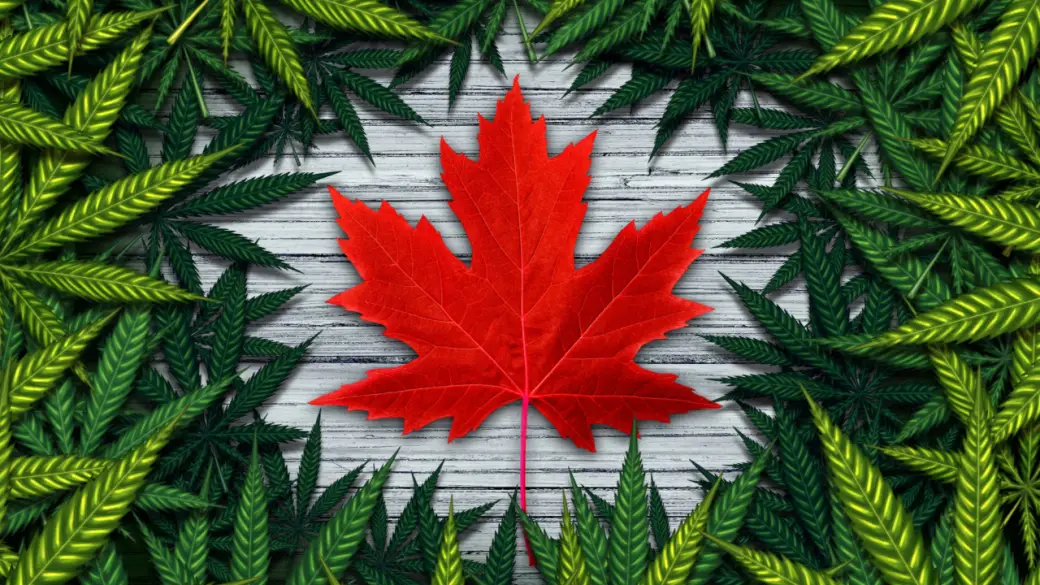Canada’s diverse climate presents unique challenges and opportunities for outdoor cannabis cultivation. From the temperate west coast to the harsh winters of the prairies, navigating the Canadian climate requires careful planning and adaptation. In this article, we’ll explore valuable tips for growing cannabis outdoors in a northern environment, helping cultivators maximize yield and quality despite the challenges of cold temperatures, short growing seasons, and unpredictable weather patterns.
Understanding Canadian Climate Zones: Before diving into cultivation tips, it’s essential to understand Canada’s climate zones and their implications for outdoor cannabis growing. Canada is divided into several climate regions, each characterized by distinct temperature, precipitation, and growing conditions. Coastal regions like British Columbia enjoy milder temperatures and longer growing seasons, while northern regions experience shorter summers and colder winters. Consider your specific climate zone when planning your outdoor cannabis garden and selecting suitable cultivars and growing techniques.
Choosing Cold-Hardy Cultivars: When growing cannabis outdoors in a northern environment, selecting cold-hardy cultivars is crucial for success. Look for strains that are resilient to cold temperatures, frost, and harsh weather conditions. Indica-dominant strains, with their shorter flowering times and compact growth habits, tend to perform well in colder climates compared to sativa-dominant varieties. Additionally, consider autoflowering cultivars, which have shorter life cycles and can be harvested earlier, minimizing the risk of exposure to late-season frost.
Timing Your Planting: Timing is key when it comes to outdoor cannabis cultivation in Canada. Start your cannabis plants indoors or in a greenhouse several weeks before the last frost date in your region to give them a head start on the growing season. Transplant seedlings or clones outdoors once the threat of frost has passed and temperatures are consistently above freezing. Aim to plant your cannabis garden in late spring or early summer to take advantage of the longer daylight hours and warmer temperatures of the growing season.
Optimizing Sunlight Exposure: Sunlight is essential for cannabis growth and development, especially in northern climates where daylight hours are limited during the winter months. Choose a sunny, south-facing location for your outdoor cannabis garden to maximize sunlight exposure throughout the day. Consider using reflective mulches or light-colored surfaces to bounce sunlight onto your plants and extend the hours of usable light. Additionally, prune your plants regularly to remove shading foliage and promote better light penetration to lower branches and bud sites.
Protecting Against Frost and Cold: Frost and cold temperatures can pose significant risks to outdoor cannabis crops in northern climates. Take proactive measures to protect your plants from frost damage, such as covering them with frost blankets, row covers, or plastic sheeting during cold nights. Consider using cold frames or hoop houses to create microclimates that shield your plants from freezing temperatures and wind chill. Additionally, avoid planting cannabis in low-lying areas where cold air tends to settle, opting instead for elevated locations with better air circulation.
Maintaining Soil Moisture and Nutrient Levels: Soil moisture and nutrient levels are critical factors in cannabis cultivation, particularly in northern climates where water availability and soil fertility may be limited. Mulch your garden beds with organic materials like straw, leaves, or wood chips to retain soil moisture and regulate temperature. Consider installing drip irrigation systems or soaker hoses to deliver water directly to the root zone and minimize water waste. Additionally, amend your soil with organic compost, aged manure, or balanced fertilizer to improve soil structure and provide essential nutrients for plant growth.
Monitoring for Pests and Diseases: Pests and diseases can thrive in northern climates, where cool temperatures and high humidity create favorable conditions for their development. Monitor your cannabis plants regularly for signs of pest infestations or disease symptoms, such as yellowing leaves, wilting foliage, or unusual spots or discoloration. Implement integrated pest management (IPM) strategies, such as using beneficial insects, companion plants, and organic pesticides, to control pest populations and prevent damage to your crops.
Conclusion: Navigating the Canadian climate presents unique challenges and opportunities for outdoor cannabis cultivation. By understanding your specific climate zone, choosing cold-hardy cultivars, timing your planting, optimizing sunlight exposure, protecting against frost and cold, maintaining soil moisture and nutrient levels, and monitoring for pests and diseases, you can successfully grow cannabis outdoors in a northern environment. With careful planning, adaptation, and attention to detail, you can enjoy a bountiful harvest of vibrant, healthy cannabis plants despite the challenges of Canada’s diverse climate.
Read More:
Cannabis Clones and Autoimmune Diseases: A New Frontier
Cannabis Clones and Inflammatory Bowel Diseases: Promising Relief
Cannabis Clones and Glaucoma a Natural Approach to Lowering Intraocular Pressure













